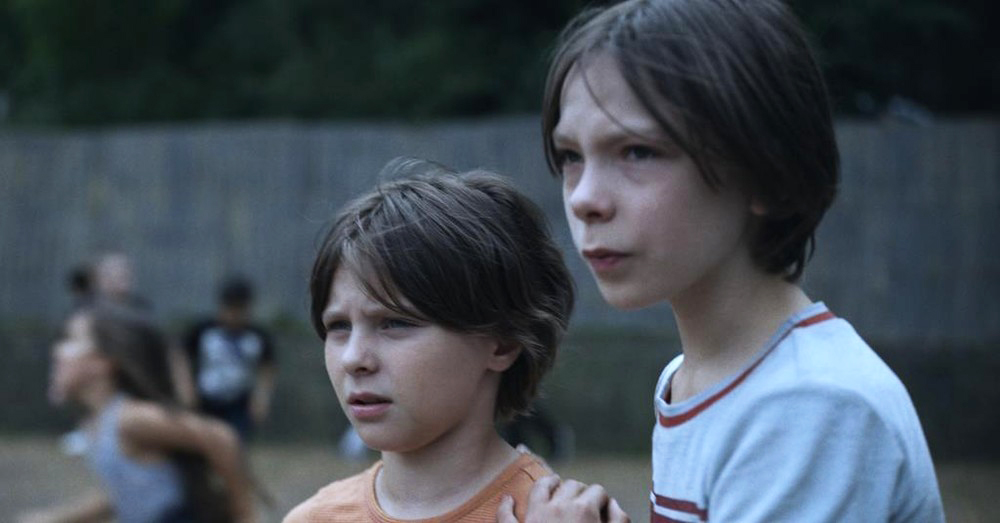Nora, a seven-year-old, and her brother Abel, who is a bit older than her, play on the same school ground in between lessons – when all hell breaks loose. Nora (the unbelievable young actress Maya Vanderbeque) sees her brother (Guner Duret) being bullied in the courtyard and wants to help him. She tells the teachers about the incident but instead of her brother embracing her efforts to hsupport him, he only turns his back on her, stating he does not want her help.
Left hurt and confused in equal measures, Nora develops a love-hate relationship with her brother, and when she sees him starting to bully other children, she is not sure what to do – to talk to him or to look the other way. In the meantime, she herself has to figure out how to survive the ultimate challenge of her elementary school life – surviving day by day in the courtyard without being bullied or harassed.
Laura Wandel’s brilliant “in your face” way of directing the film from a child’s point of view gets the audiences’ attention from the very first frame and does not let go until the beautifully crafted final scene. Playground (Un monde, 2021) is not the first film to show school as a place where one must “fight to survive” and children have been portrayed in many films as being cruel and almost non-human – I would go as far as to describe Playground as the non-vampiric version of Let the right one in (2008). However, it’s a film that seems to portray school life in the most authentic way – so much so that in its realism it is utterly frightening.
For Wandel, the school and especially the school yard are places that exist only for children where no adult rules apply. To intensify this feeling, all the adults in the film, including Nora and Abel’s father, are almost non existing. In the school yard, children can rely only on themselves – adults cannot help them there. In one very disturbing scene some children bury a dead bird in the sand pit and talk about the dead children who are buried deep in the ground below. For Wandel, the school is a hard and cruel place where only the strongest survive. Nora, who is a compassionate child, does not want to play the game but in order to make it through another day, she has to!
The love-hate relationship between Nora and Abel (whose name might be a reference to Abel who was killed in the bible by his brother Cane) shows the viewer the ever-lasting conflict between compassion and cruelty that occurs on the playground. Who will triumph, asks Wandel. The answer is up to the audience to decide. The writer-director uses smart camera work by Frederic Noirhomme to capture the children from almost zero range. This enables her to engulf the viewer with a strong sense of claustrophobia, and to create the feeling that no matter what they do, the children – especially Nora and Abel – cannot escape the playground. In fact, most of the film takes place in the school yard, and it seems that, at least for her protagonists, the rest of the world is irrelevant. The children’s fate will be decided only on the playground. Here, the kids will discover who they really are as they need to choose between good and evil. An ear-piercing soundtrack that seems to constantly shout in the viewer’s face enhances the effect. In Wandel’s world, the playground’s ever buzzing sounds continue to haunt the children wherever they go.
In the final scene, Nora makes her choice – love triumphs over hate, and Nora clings to her brother in a desperate attempt to pull him out of the abyss he has fallen into. But will this act of humanity be enough to overcome the hell of the playground?
Ron Fogel
Edited by Pamela Jahn
© FIPRESCI 2021

